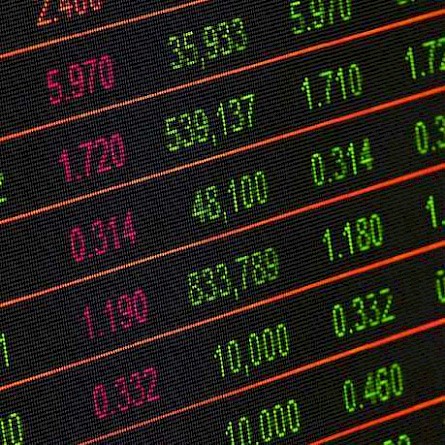Still, I believe the investor looking for bargains on the stock market must be “contrarian”; this is probably the greatest quality of the best stock investors. They buy what others don’t want and regularly take the less traveled roads.
The contrarian investor is much like the consumer looking for bargains in discount stores – upon entering the store, they immediately walk to the back of the store to look for quality items that are heavily discounted. He is not afraid of getting his hands dirty a little while rummaging through a basket of messy, mismatched and sometimes even damaged clothes. He does so knowingly, however. He knows full well that he will sometimes make mistakes (I once found a pair of designer shoes at a very attractive price and realized when I got home that I had bought two shoes of different sizes!). But more often than not, he’ll get his hands on some real treasures at low cost!
The investor who follows this same practice will inevitably come across some bogus deals. This is the price to pay for hoping to acquire high quality securities at attractive prices.
When you find a great company stock at a bargain price, it’s almost always when bad news and uncertainty are at their peak. We must then weigh this bad news and determine whether it is fleeting or permanent and, more importantly, whether it could jeopardize the business model of the company. In each case, judgment and analysis will be required. Sometimes we’ll be right (in which case we’ll probably make a lot of money over time); other times we’ll be wrong and lose a good deal of our initial investment. The investor’s job is to try to balance the negative and positive factors.
It should also be remembered that every investment decision is made without benefiting from all the required information. If you wait for all the fog to clear before investing in a security, you are likely to miss the opportunity to buy it cheaply. Afterwards, once the facts are clear, we can better measure the effectiveness of our decisions, but by then it is too late!
I am particularly wary of the psychological bias of “hindsight”, better known in the football world as “Monday Morning Quarterback” syndrome. These Monday morning quarterbacks are quick to criticize their football team’s decisions and believe they would have done things differently if they had been in a position to decide. It’s always easy to say after the fact, but it’s a whole different thing in the heat of the moment. Nothing annoys me more than an observer who says after the fact and once the result is known that “it was obvious this was not the right thing to do!”
Contrarian buying takes courage because it regularly results in mistakes that will make an investor the target of every “Monday morning quarterback.”
However, I have always believed that the work of a “contrarian” investor was probabilistic. He doesn’t aim to be right all the time, just more often than he is wrong. By buying depressed and forgotten stocks, he increases his overall chances of outperforming while decreasing his chances of losing a lot when wrong.
It is also important to remember the concept of asymmetric returns on the stock market: the value of a winning security can be multiplied several times, while a losing security can never lose more than 100% of its value. In this sense, a single winning stock in the long run will compensate several times the loss suffered by a losing stock.
If I put together the best investments we’ve made over the years, I see that most of them were made when the sky was laden with heavy ominous clouds. I am thinking in particular of Visa in 2011, which was then the target of the US government for transactions involving debit cards; to that of CGI in 2008 when no one wanted to touch any more technology companies (in the aftermath of the tech bubble in 2000); or that of AMERCO (better known by its main division, U-Haul) in 2018, when its earnings were heavily affected by the management team’s strategy of investing massively in self-storage facilities. Here’s the history: The value of Visa’s shares has increased nearly 10-fold since 2011, CGI’s more than 11-fold since 2008, and AMERCO’s more than doubled since 2018.
Interestingly, the worst investments we made were just as shrouded in dark, ominous clouds.
Investing against the flow is not for everyone. Whoever engages in it must get used to spending a lot of time alone on his path.
P.S. I will be taking a break for the holiday season starting December 18 and will be back with a blog on January 7, 2022. I wish you Happy Holidays and a Happy New Year 2022. Health and prosperity! Please feel free to email me your questions or comments.





